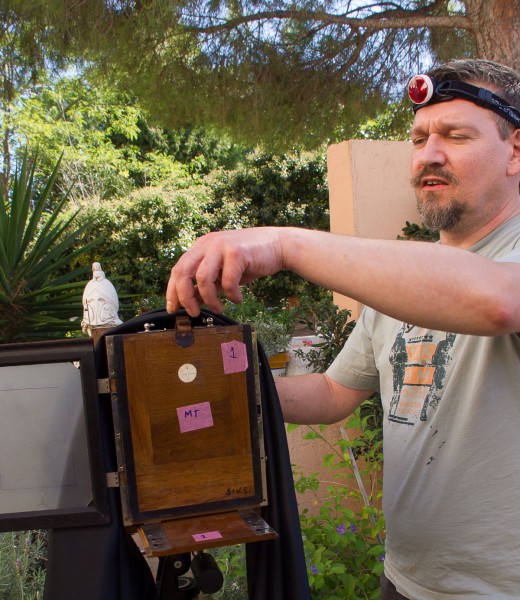I have read that it takes ten thousand hours of practice to master a craft.
So if you work at you passion for ten hours a day every day, then in three years you should become proficient. This does not mean you will be good or creative, just proficient at what you do, playing the piano, painting or, in my case, photography.
From 1969 through to 1983 worked as a professional and artistic photographer, so I have already done the thousands of hours of practice in studios, darkrooms, film sets, in exotic and horrid locations so I have served my apprenticeship of thousand of hours of practice and I was beginning to get recognition for the use of my skills with publications and exhibitions. I taught photography for an American a university and lectured on photojournalism
Then I stopped and packed my stuff away
Three years ago I started to learn gain, the hours I spent at college and working have helped me to feel and see again. I found my world had changed, equipment had got bigger and is totally dependant on batteries, it was also much more expensive and was obsolete the moment you bought it.
I found the quality of the image I was seeing was weakened by a dependence on colour and electronic manipulation. Images are made to be looked at mostly on a screen, not held or seen by reflected light.
This is all good, now anyone, with no need for thousands of hours of learning and practice, can record a good image, which is correctly exposed and framed to remember an event or a place they visited. The is no need to adjust the apparatus, there is no need to consider the variables or to use these to interpret the scene, the computer chips will do this automatically to pre-determined visualisations.
I tried for a while to adapt to this new world, but I found that too much had been lost, so I thought I would go back to where I left off, working with large format analogue cameras and printing with high quality papers and processes. But this had all disappeared, the pares and chemistry has been replaced by digital processes and ink printing. Cameras using chemical films and sensitised silver salts were not being made, lenses were using electronics to decide exposure and focus and the instruction books only talk about the technical resources in their hundreds of pages, most say nothing about visualisation of the techniques of photography. Camera manuals were once only five of six pages and half of this was depth of field tables.
By accident I went on a wet plate collodion workshop in London, run by John Brewer. I had planned to go on a platinum printing workshop in Cambridge and flights were booked, but the instructor was ill, so as I was I the UK, I went to the london workshop.
Wet Plate is a technique which dominated photography in the 19th century, it was still in use commercially in some graphics applications until the middle of the 20th century, due to the high quality it allows. It is a simple process, but like many simple things, it needs a lot of practice – a lot.
It was refreshing to be a complete beginner again and I thought it would be a good way for me to get back into traditional photography.
So – three years later, I have started again.
It has meant a total immersion in learning and practicing. I wa not sure where I would find my ‘niche’, so I have experimented with a wide range of techniques and a large selection of equipment.
I already had a lot of stuff from my earlier work and I found that equipment which was once beyond my budget, was selling on ebay for pennies – so I bought a lot of cameras, lenses and equipment to experiment with.
I found that most cameras had not used for taking photographs, but were bought for collections – nearly all had problems, especially the ones over 100 years old. I have had to repair and replace parts, adapt film holders, . I also had to find the types of equipment I was happy with and which lenses I could use to give the “feel” I wanted for my ideas.
So,I now have a lot of stuff I will not be working with and will be putting back onto the market.
John Brewer has become a friend, he has come to our place in the South of France several times now to give his Wet Plate Collodion workshops.
I have built new darkrooms in our accommodation in Villa Roquette, I have also put a mobile darkroom on the road (essential for local landscape work with wet plate photography)
I have a selection of classic wood and brass cameras for sale, these are all adapted to work well for wet plate photography, all are complete, are ready to take photographs immediately and all have been used by me. I will give a collodion plate which I have taken with the camera.
All the cameras have a lens which is suitable for the format of the camera.
Prices depend on the size (half plate, full plate or larger) and the lens or lenses supplied, the prices start at 250 euro.
If you book one of our residential collodion workshops, you can choose a camera to work with and if you like it – keep it and we give you a discount of up to 50 percent off the price of the camera.




